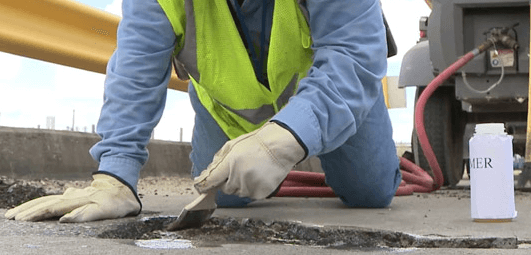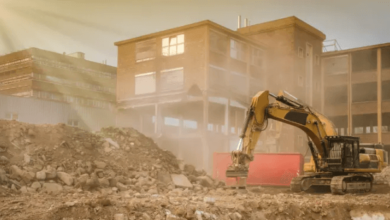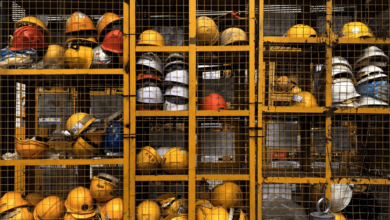Polymer Concrete: Know All The Things About It

Polymer concrete is a composite material in which aggregates and fillers are bound together in a matrix with a polymer binder mixed in it. Unlike conventional concrete, polymer concrete does not contain a hydrated cement phase. In polymer concrete, the polymer binds the aggregate to form a strong bond that reduces porosity. It also increases strength, flexibility and abrasion resistance.
Cost
Polymer concrete is a long-lasting material that builds structures. You can use it in a number of other applications, including sewerage pipes and manholes. The cost of polymer concrete is higher than that of traditional cement concrete. Still, it is justified by its high durability and performance properties. These properties can include resistance to abrasion and corrosion, thermal shock resistance and low shrinkage rates. Besides the cost, it is important to consider the economic impact of polymer concrete before deciding to use it.
Durability
Polymer concrete is a durable material used for building and repairing structures. It is resistant to corrosion and corrosive chemicals and has high compressive and flexural strength.
Polymeric resins are mixed with various aggregate materials to produce a final mix. The mechanical properties of polymer concrete include resin, fibre reinforcements, curing conditions, and aggregate type and grading.
In addition to influencing the durability of polymer concrete, adhesion at the binder and aggregate interface also play an important role. The use of silane coupling agents in the mix enhances interfacial adhesion and improves the mechanical properties of polymer concrete.
The durability of polymer concrete is significantly improved when compared to non-modified concrete. It is more durable against corrosive attacks and acidic environments.
Environmental Impact
With the increasing demand for concrete in the construction industry, it is imperative to minimize the environmental impact. This is because concrete removal, transportation and disposal release large amounts of heat, carbon dioxide (CO2) and other pollutants into the air.
To minimize the environmental impact, use polymer concrete in place of conventional cement concrete. The benefits of using this material include lower energy consumption, reduced waste, and higher durability.
In addition, it is more resistant to chemical attacks and has a lower environmental footprint than many other materials. It is a great solution for structures exposed to harsh environmental conditions.
Using polymer concrete can also save money on maintenance and repairs by extending the structure’s life. This can be especially beneficial for infrastructure work such as sewage and drainage pipes. Moreover, it can prevent the release of greenhouse gases into the atmosphere.
Safety
Polymer concrete can be a safer alternative to Portland cement when you use it with the correct precautions. It can also be a more cost-effective option in some situations as it offers greater strength, durability, and resistance to corrosion and chemical attack.
Various polymers are available for use in polymer concrete, including elastomeric latex, thermoplastic resins, and epoxy. Choosing the right type of polymer for your application and understanding its strengths and weaknesses is essential.
A polymer concrete structure’s flexural and modulus of elasticity decrease at temperatures above the glass transition point (Tg). At 45degC, for example, materials made with elastomeric latex, such as styrene-butadiene rubber, lose nearly 50 percent of their flexural strength and modulus of elasticity.
Final Words
If you want to match your construction with the new age of technology, then use polymer concrete. We have explained it in the above mentioned post.




